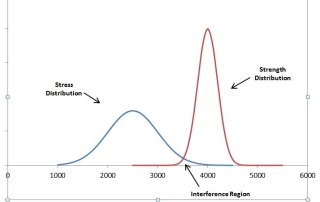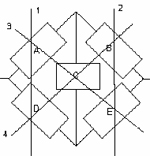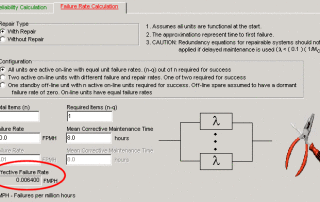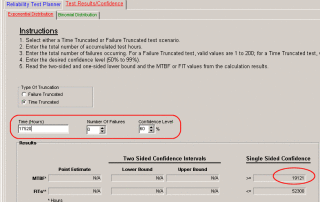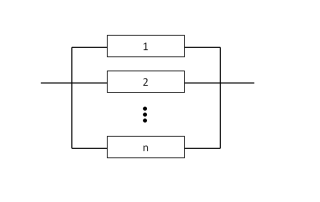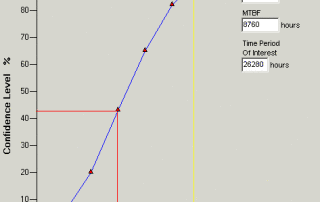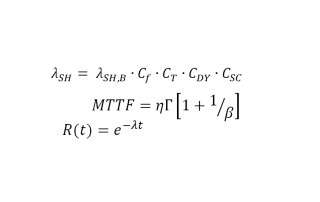A reliability model mathematically defines the interdependencies between hardware/ software/human elements and their combined contributions to failure. A prediction calculates failure rates using that model so that a reliability metric can be quantified to assess design tradeoffs, and as an estimate of operational reliability after a product is delivered.
Quanterion Solutions Hosts Reliability Fall 2021 Open Training Sessions
Fall 2021 Open Training is now closed for registrations. Discover Quanterion’s Winter 2021 Open Training.
Quanterion Solutions is offering reliability engineering open training this fall on Tuesday, Sept. 14 through Thursday, Sept. 16, 2021. The hands-on training will be hosted at the San Diego Training and Conference Center in San Diego, CA.
Attendees can choose between two course… Read More
Reliability Modeling and Prediction
Data & Tools
Publications
Training
What is it?
A reliability model mathematically defines the interdependencies between hardware/ software/human elements and their combined contributions to failure. A prediction calculates failure rates using that model so that a reliability metric can be quantified to assess design tradeoffs, and as an estimate of operational reliability after a product is delivered.
What’s the payoff?
The modeling/prediction/assessment… Read More
Lunchtime Learning Series
Interference Stress/Strength Analysis
In simplest terms, an item fails when a stress to which it is subjected exceeds the corresponding strength. In this sense, strength can be viewed as “resistance to failure”. Good design practice is such that the strength is always greater than the expected stress. The safety factor “η” can be defined in terms of strength… Read More
Solving the Complex RBD-Series Parallel System with a Keystone Component
The general form of this type of reliability block diagram has two series circuits in a parallel arrangement combined through a center or “keystone” unit. You are often given the reliability of each block and asked to calculate the reliability of the circuit.
For example let’s say we are given the following five block arrangement pictured… Read More
Mission Reliability and Logistics Reliability: A Design Paradox
Better Reliability Predictions Using Experience Data
There are many approaches that can be used to predict the reliability of an item. Sometimes when asked to provide a “quick estimate” of an item’s reliability, the use of field experience is overlooked, or if no failures have occurred, overly conservative estimates are made by assuming one failure. This article describes a simple approach… Read More



